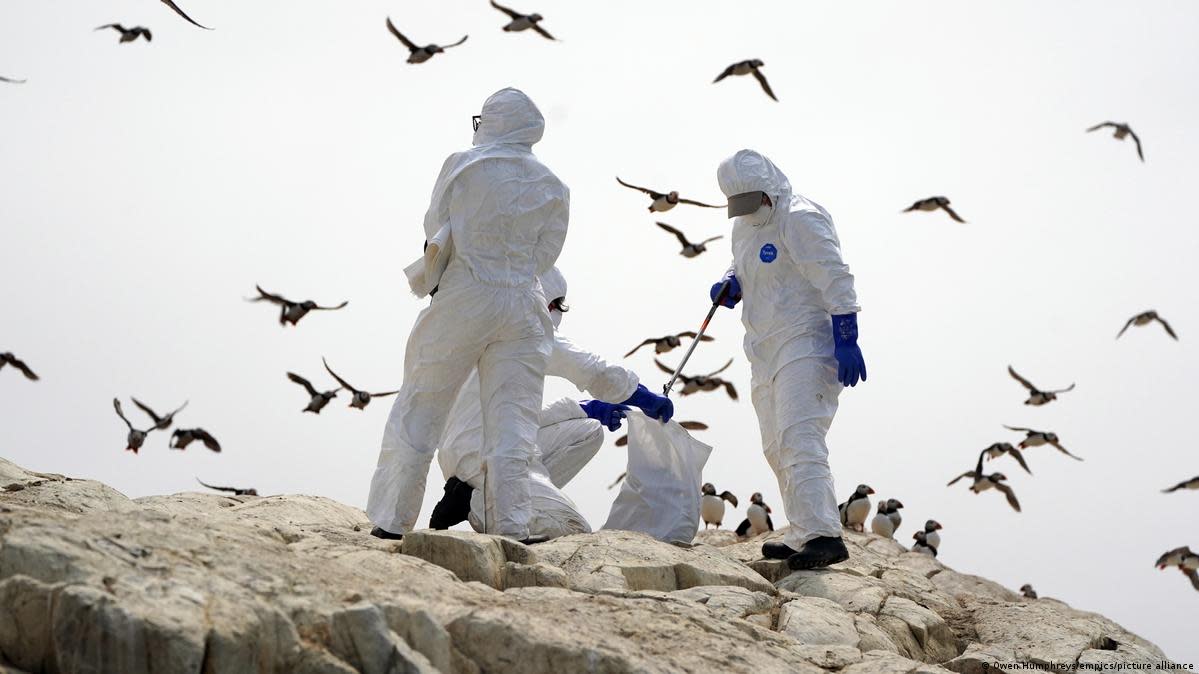Bird flu detected in a wild mammal in California for the first time

Bird flu detected in a wild mammal in California for the first time
by: Sergio Robles

(KTXL) — Wildlife officials in California have confirmed the first case of avian influenza found in a wild mammal in the state, according to the Dept. of Fish and Wildlife. The department says that the Eurasian strain of highly pathogenic avian influenza (HPAI) H5N1 was detected in an adult bobcat’s remains that were collected in Butte County, in Northern California.
The bobcat was part of a CDFW population study and had a GPS collar attached that alerted wildlife officials when the animal stopped moving. The remains were found on Dec. 23, 2022, and samples were sent to a state laboratory and a laboratory with the U.S. Dept. of Agriculture, which confirmed the findings on Jan. 24.
Avian flu circulating across U.S. and Canada
The CDFW says that the strain, HPAI H5N1, is regularly found in mammal carnivores such as foxes, bobcats, raccoons and skunks in both the United States and Canada. In recent months, the strain has led to the slaughter of millions of chickens across the U.S., which drove up the price of eggs. In mid-January, three young grizzly bears in Montana were found disoriented and suffering from neurological issues and were later found to test positive for avian influenza.
Avian flu found in most California counties
The bobcat found in Northern California was in an area where HPAI H5N1 had recently been detected in a turkey vulture. In July 2022, HPAI H5N1 was detected for the first time in wild birds in California, and since then, it has been found in wild birds in at least 44 of the state’s 58 counties. At the same time, the state’s Dept. of Food and Agriculture has reported finding avian influenza in domestic birds in at least 18 counties. The strain currently circulating in the United States and Canada has been causing illness and death in a wider diversity of wild bird species, such as turkey vultures and ravens, and the types of birds that are especially vulnerable are waterfowl and domestic poultry, the CDFW says.
Wildlife officials say that mammals and birds may be exposed to avian influenza viruses when feeding on infected birds, but that the infection of wild mammals, such as the bobcat that was found, is rare.
How to prevent the spread of avian flu in people and pets
The Centers for Disease Control and Prevention say that the risk of transmission of avian influenza to humans is low, but that people should wear gloves and face masks, and wash their hands if they touch wildlife.
California food and agriculture officials advise residents with domestic poultry and pets to follow several steps to prevent them from being infected with biological pathogens:
•Obtain animals from a reputable source
•Isolate new animals for 30 days before introducing them to a flock
•Limiting contact between other people with birds and your birds
Anyone that has sick or dead poultry and pet birds can report it to the CDFA hotline at 866-922-2473.
